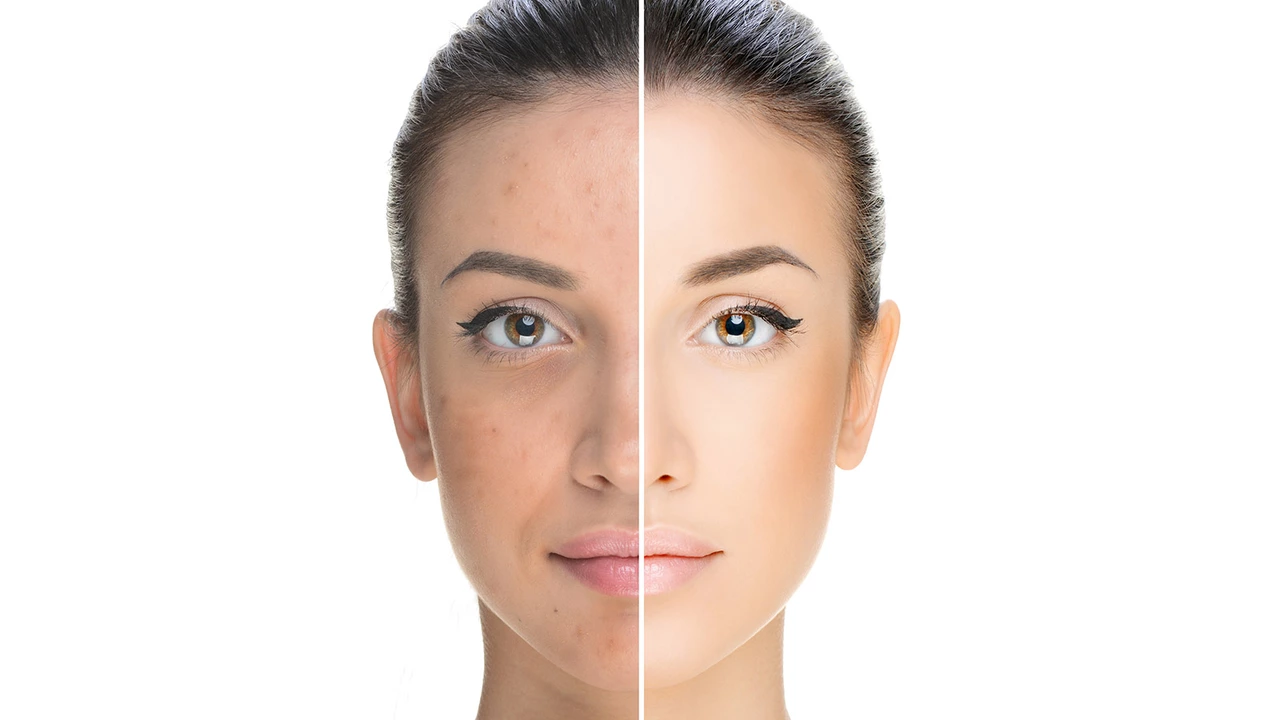Chemical Peels: What Works, What Risks, and How to Care for Your Skin
Want faster, smoother skin without endless new products? A chemical peel can clear pigmentation, shrink pores, and fade acne scars — sometimes after just one treatment. But peels vary a lot. Pick the wrong type or skip aftercare and you'll trade one problem for another. Here’s practical, plain advice to help you choose and prepare.
Types of chemical peels and what they do
There are three common strengths: light, medium, and deep. Light peels use alpha-hydroxy acids (AHAs) like glycolic acid to loosen dead skin. They improve texture and brighten skin with minimal downtime — usually a few days. Beta-hydroxy acid (BHA), mainly salicylic acid, targets oil and is best for acne-prone skin. Medium peels — often trichloroacetic acid (TCA) — go deeper to treat sun damage and uneven pigment. Expect peeling for one to two weeks. Deep peels (phenol or strong TCA) give dramatic results on deep wrinkles but require long recovery, and they’re usually done by a dermatologist under strict conditions.
What each treats: light peels help dullness and mild acne; salicylic peels reduce blackheads and breakouts; TCA peels fade stubborn brown spots and shallow scars; deep peels tackle deeper lines and severe sun damage. Think about your main concern and tolerance for downtime when you choose.
Before, during and after: practical tips
Before your peel, stop retinoids and strong exfoliants 5–7 days before (follow your provider’s instructions). Avoid recent sun exposure and tanning — peeling on sunburned skin is risky. Ask for a patch test if you have sensitive or darker-toned skin because some peels can cause lasting dark spots.
During treatment you may feel a hot, stinging sensation. Light peels are quick in a clinic or med spa. Medium and deep peels may need topical numbing or office monitoring. After a peel, expect flaking and increased redness. Use a gentle cleanser, heavy moisturizer, and broad-spectrum sunscreen every day. Don’t pick at peeling skin — that raises the risk of scarring and infection.
Common side effects include temporary redness, flaking, and sensitivity. Less common but serious risks are infection, prolonged redness, scarring, and post-inflammatory hyperpigmentation, especially in darker skin tones. If you have active cold sores, uncontrolled acne, eczema, or recent isotretinoin use, tell your provider — a peel might not be right for you.
Choosing a provider matters. For light peels, licensed estheticians in reputable clinics can be fine. For medium or deep peels pick a board-certified dermatologist or plastic surgeon. Ask about credentials, before/after photos, patch testing, and written aftercare. Compare prices but don’t shop only by cost — safety and experience count.
If you want visible improvement with controlled risk, start with a light or salicylic peel and build up based on how your skin reacts. When in doubt, consult a dermatologist to match the peel to your skin type and goals. Good aftercare and sun protection make most results last longer and keep your skin healthy.
The Benefits of Chemical Peels for Age Spot Removal
Chemical peels are a fantastic solution for age spot removal. They work by applying a chemical solution to the skin, causing it to exfoliate and eventually peel off, revealing fresh, spot-free skin underneath. Not only do they effectively reduce the appearance of age spots, but they also rejuvenate the skin by boosting collagen production. It's a relatively quick and non-invasive procedure with lasting results. I highly recommend considering chemical peels if you're seeking a solution for age spots.

